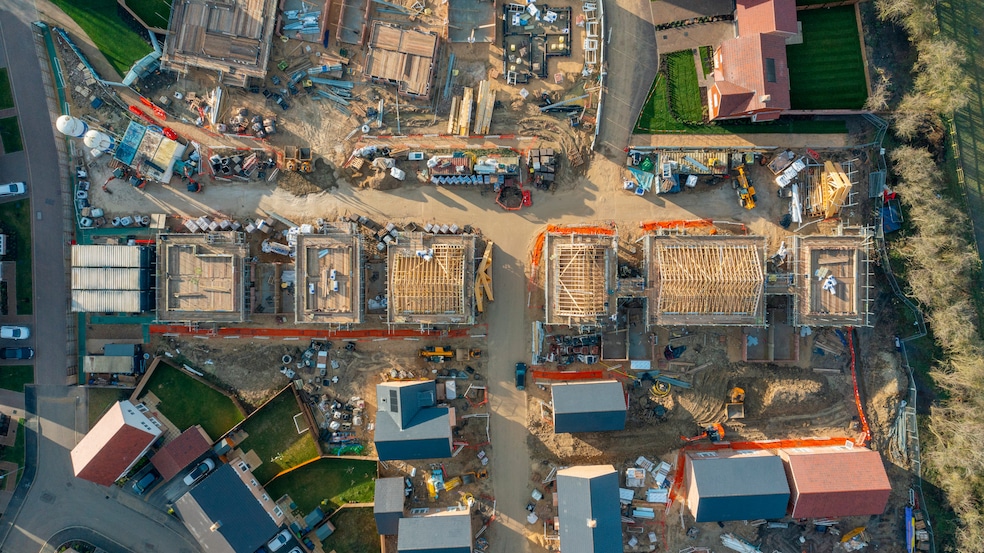Construction spending fell in April — a decline driven by a slowdown in single-family homebuilding and the latest bellwether of how tariffs could create long-term disruptions in the housing market.
Spending on private residential construction fell 0.9% in April compared to March, according to data the U.S. Census Bureau released Monday. That decrease was driven by a 1.1% drop in new single-family home construction that ended a seven-month streak of growth in that spending.
On a yearly basis, private spending on residential construction fell 4.8%. During that time, new single-family construction decreased 2.2%, the data showed.
It’s the latest signal that the housing market — especially new construction — is suffering even more than it already was due to the White House’s tariff policy. Earlier data reports released in May showed that builders were building fewer new homes and that their confidence in the market was at its lowest since November 2023.
“Policy uncertainty stemming in large part from the stop-and-start tariff issues has hurt builder confidence,” Robert Dietz, the National Association of Home Builders’ chief economist, said in a statement at the time. “Still, the overall actions on tariffs in recent weeks have had a negative impact on builders, as 78% reported difficulties pricing their homes recently due to uncertainty around material prices.”
President Donald Trump has said the tariffs are a solution to the trade deficit between the U.S. and its partners that he described as an “unusual and extraordinary threat to the national security and economy” of the country. The taxes seek to reinvigorate the manufacturing industry in the U.S. and incentivize consumers to purchase U.S.-made products, among other benefits the administration named.
Economists, however, have forecast that the challenges facing the industry will likely trickle down to consumers in the form of higher prices. Though it could take time for the full effects to manifest, the data is signaling that builders are feeling the pressure already.
All told, “the housing sector continues to navigate the economic uncertainty stemming from ongoing tariff concerns and elevated mortgage rates,” NAHB economist Na Zhao said in a blog post on Monday about the new spending data.

